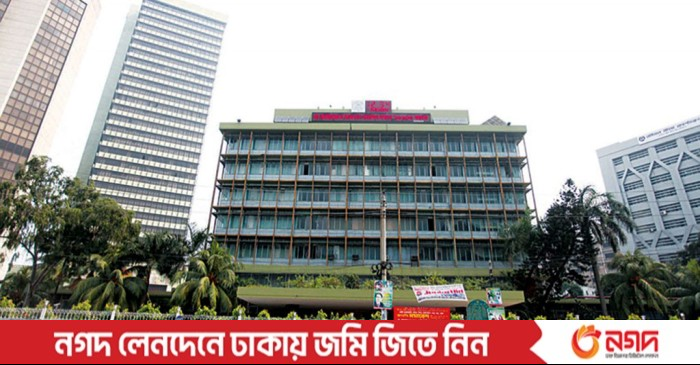
DATA recently published by the Bangladesh Bank demonstrate that our banking sector has a nagging problem of non-performing loans, which have reached a record high. According to the recent central bank data published on June 6, in the first quarter of 2024, the amount of non-performing loans was more than Tk 182,000 crore, which is the highest ever in the country. In the October–December 2023 quarter, the stressed loan was Tk 145,000 crore. Non-performing loans are classified loans that are classified into different categories based on the non-payment of the customers as per the loan terms and conditions.
The guidelines of the central bank, state, and scheduled banks classify loans based on the non-payments of the customers, and those loans are unlikely to be paid by the customers. When banks’ loans turn into sour loans, banks get neither principal nor interest from them. The NPL ratio, which was below 10 per cent earlier, has crossed over 10 per cent this time and stands at 11.10 per cent. Bangladesh’s non-performing loans ratio is higher compared to other neighbouring countries in South Asia.
According to a World Bank report, Indian non-performing loans ratio was 3.90 per cent, Pakistan, with a fragile economic condition, had a non-performing loan of 7.4 per cent and another economically distressed country outweighed Bangladesh with 10.11 per cent in 2023. Within a span of just three months, non-performing loans have soared to approximately Tk 37,000 crore, which is cause for concern and cripples the sustainability of our banking industry. Banking sector experts and economists are opining that the real scenarios of defaulted loans are much worse if we consider written-off loans, restructured loans, and loans pending in the courts. According to experts, if we take into consideration the above loans, the defaulted loan figure will surge over Tk 450,000 crore.
NPL has reached such a level at a time when the International Monetary Fund gave a prescription to the government to rein in the non-performing loans ratio below 10 per cent for the government banks and below 5 per cent for the private banks by 2026 as a part of its conditions for availing of the International Monetary Fund’s $4.7 billion loan programme extended to Bangladesh.
Every quarter, the amount of NPL has been breaking its previous quarter record. Since stressed loans have skyrocketed in the banking industry, many banks have been facing acute liquidity crises and capital shortfalls. Those cash-strapped banks are meeting the liquidity shortage through borrowing from the Bangladesh Bank. The central bank has been continuously giving liquidity support to those banks and…
Read More: New Age | Bad loans and failed governance




